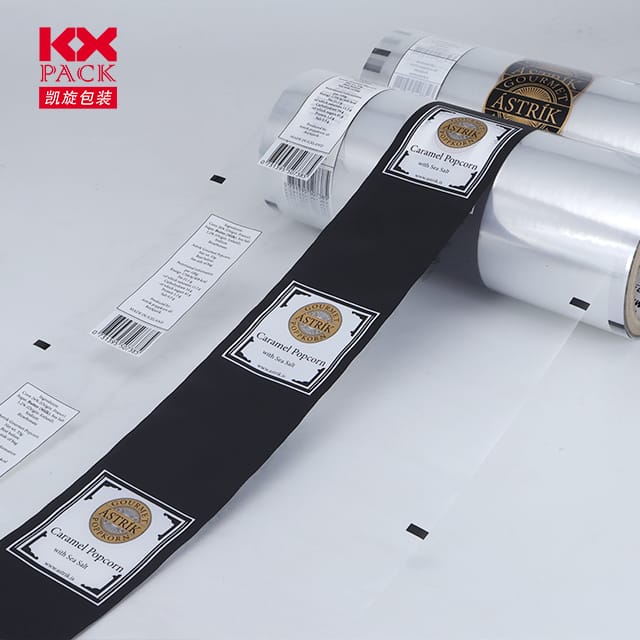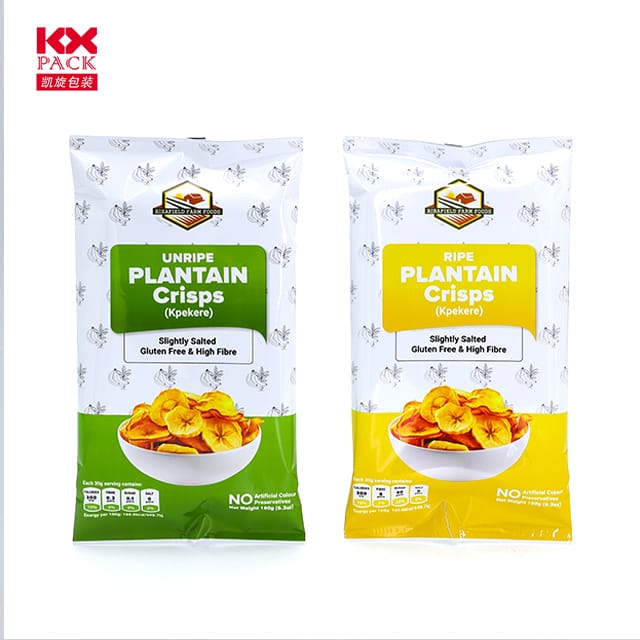柔軟なパッケージングフィルムの重要な特性を理解する: 最新の包装ソリューションのためのガイド
柔軟なパッケージングフィルム
In today’s fast-paced consumer market, 柔軟なパッケージングフィルム have emerged as a game-changer, 軽量を提供します, 費用対効果, 製品保護とプレゼンテーションのための汎用性の高いソリューション. スナックや飲み物から医薬品や工業製品まで, これらの映画は、パフォーマンスのバランスをとりながら、多様なニーズを満たすように設計されています, 持続可能性, とブランディング. Let’s delve into the core properties that define flexible packaging films and their impact on product success.
1. バリア特性: The Shield Against Contamination
柔軟なパッケージングフィルム are designed to act as a barrier against external elements like oxygen, 水分, ライト, and odors. 例えば:
- ボップ (二軸方向のポリプロピレン) excels in moisture resistance, making it ideal for snack packaging and hygiene products.
- 気をつけてください (Biaxially Oriented Polyethylene Terephthalate) combines transparency with high tensile strength and gas barrier properties, ensuring freshness for food and pharmaceuticals.
- Nylon (PA) offers superior oxygen barrier capabilities, often used in high-performance laminates for meat and cheese packaging.
- EVOH (Ethylene Vinyl Alcohol) layers enhance oxygen resistance in multilayer structures, extending shelf life significantly.
Why it matters: Effective barrier properties prevent spoilage, 製品の完全性を維持する, and reduce food waste—a critical consideration for sustainability-focused brands.
2. 機械的強度: Durability in Motion
Packaging must withstand handling, 交通機関, and storage without compromising contents. Key mechanical properties include:
- Tensile Strength: Measures resistance to breaking under tension. BOPET and BOPA (Biaxially Oriented Polyamide) films are renowned for their high tensile strength, ensuring durability during transit.
- Puncture Resistance: Critical for products with sharp edges (例えば。, frozen foods). Nylon-based films or co-extruded structures with thick layers excel here.
- Elongation at Break: Indicates how much a film can stretch before tearing. High elongation (例えば。, LDPE films) is ideal for irregularly shaped products like toys or tools.
- Tear Strength: Prevents propagation of tears once initiated, crucial for bags and pouches.
Real-world example: A study on BOPP films showed their ability to withstand 90°C thermoforming without losing structural integrity, making them suitable for rigid-like packaging with flexible benefits.
3. 光学特性: The Power of Visual Appeal
柔軟なパッケージングフィルム is often the first interaction consumers have with a product. Optical properties include:
- 透明性: BOPET and BOPP films offer crystal-clear visibility, enhancing product appeal for items like fresh produce or confectionery.
- Gloss: High-gloss finishes create a premium look, often achieved through metallization or coating layers.
- Haze: Low haze values ensure clarity, while matte finishes can reduce glare for a sophisticated aesthetic.
Branding tip: Use high-quality printing on films like BOPP (which supports vibrant colors and graphics) to create eye-catching designs that stand out on shelves.
4. Thermal Properties: Adapting to Process and Environment
Packaging films must perform under varying temperatures:
- Heat Sealability: LDPE and co-extruded films seal reliably at low temperatures, reducing energy costs during production.
- Thermoformability: Films like BOPE (Biaxially Oriented Polyethylene) can be molded into custom shapes (例えば。, trays for ready-to-eat meals) without cracking.
- Heat Resistance: Nylon films withstand high processing temperatures (up to 260°C for PA66), making them suitable for retort packaging (sterilized products).
Case study: A coffee brand switched to a BOPET/aluminum laminate, leveraging its heat resistance to maintain freshness in hot-fill applications while reducing packaging weight by 30%.
5. 持続可能性: パッケージの未来
As environmental concerns grow, flexible films are evolving to meet eco-conscious demands:
- Biodegradability: Films made from PLA (ポリラトン酸) or starch blends decompose naturally, reducing landfill waste.
- Compostability: Certified compostable films (例えば。, those meeting EN 13432 standards) break down in industrial composting facilities.
- リサイクル性: Mono-material structures (例えば。, オールペポーチ) simplify recycling streams, while down-gauging reduces material use without sacrificing performance.
Innovation spotlight: A leading packaging company developed a recyclable PE/EVOH laminate, balancing barrier properties with circular economy goals.
6. 耐薬品性: Protecting Product Purity
Films must resist degradation from contents like oils, acids, or solvents:
- Nylon (PA) resists aromatic hydrocarbons, making it ideal for chemical packaging.
- PVDC (Polyvinylidene Chloride) coatings enhance chemical resistance but face regulatory scrutiny due to environmental concerns.
- Co-extruded structures combine materials (例えば。, PE/PA/EVOH) to create tailored resistance profiles.
Choosing the Right Film: A Balancing Act
Selecting a flexible packaging film involves aligning properties with product needs:
- 食べ物: Prioritize barrier properties (酸素, 水分) and compliance with food-grade regulations (例えば。, FDA, 欧州連合).
- 医薬品: Focus on chemical resistance, light barrier, および改ざん防止機能.
- Industrial goods: Emphasize puncture resistance and thermal stability for heavy-duty applications.
結論
Flexible packaging films are a testament to innovation in material science, offering a blend of protection, performance, そして持続可能性. By understanding their properties—from barrier strength to thermal adaptability—brands can design packaging that not only safeguards products but also enhances consumer experience and reduces environmental impact. 技術が進むにつれて, expect even smarter films that integrate smart sensors, active barriers, そして 100% リサイクル可能性, redefining the future of packaging.
Ready to upgrade your packaging? Explore material testing services to evaluate film properties like oxygen transmission rate (OTR) or seal strength, ensuring your solution meets exacting standards. 🌍📦






